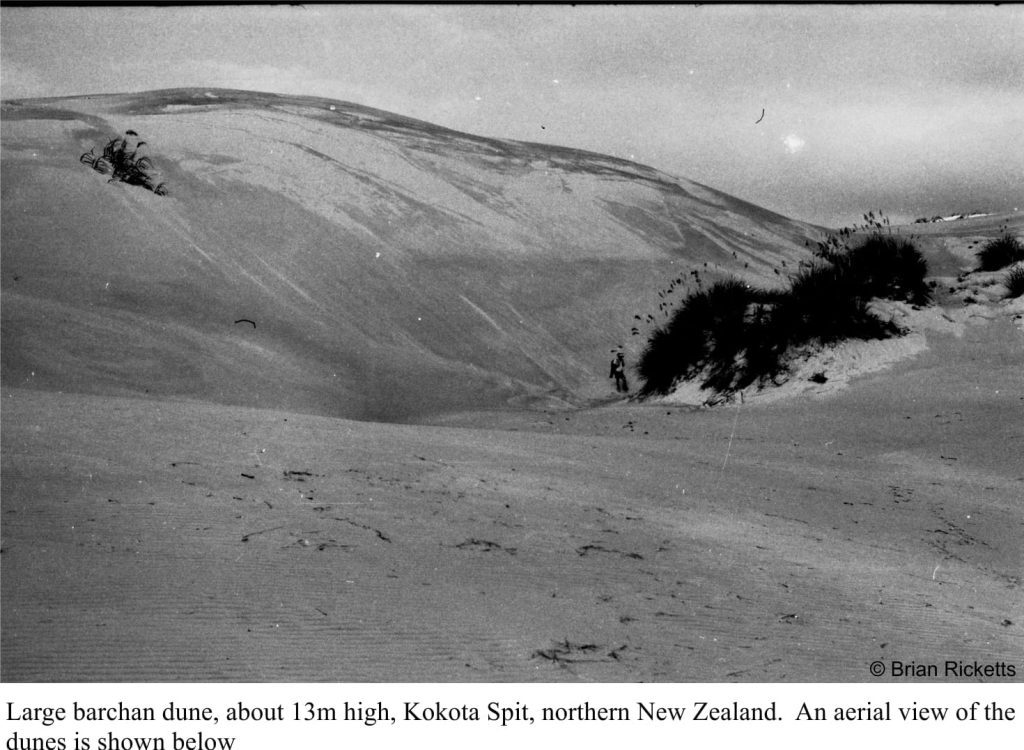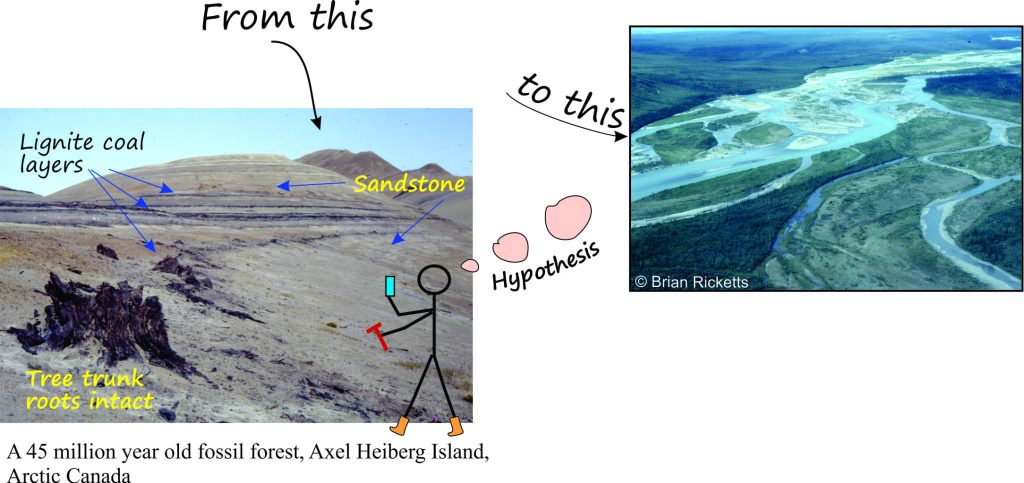When James Hutton in 1785 presented to the Royal Society of Edinburgh his ideas on the uniformity of earth processes (over vast tracts of time), he did so with both feet planted firmly on good Scottish ground. Hutton’s Principle, for which Archibald Geikie later (1905) coined the phrase “The present is the key to the past” gave to geologists a kind of warrant to interpret the geological past using observations and experiments of processes we see in action today (see an earlier post for a bit more discussion on this philosophy). One wonders whether either of these gentlemen gave thought to the Principle being used to interpret processes elsewhere in our solar system.
There is of course, no logical reason why we cannot use terrestrial environments and physical-chemical-biological processes to unravel the geology on our solar neighbours. We may need to extend our thinking beyond purely earth-bound processes, but the Principle remains a starting point for scientific thinking, interpretation, and discovery. Mars provides the perfect opportunity for this scientific adventure. Continue reading



